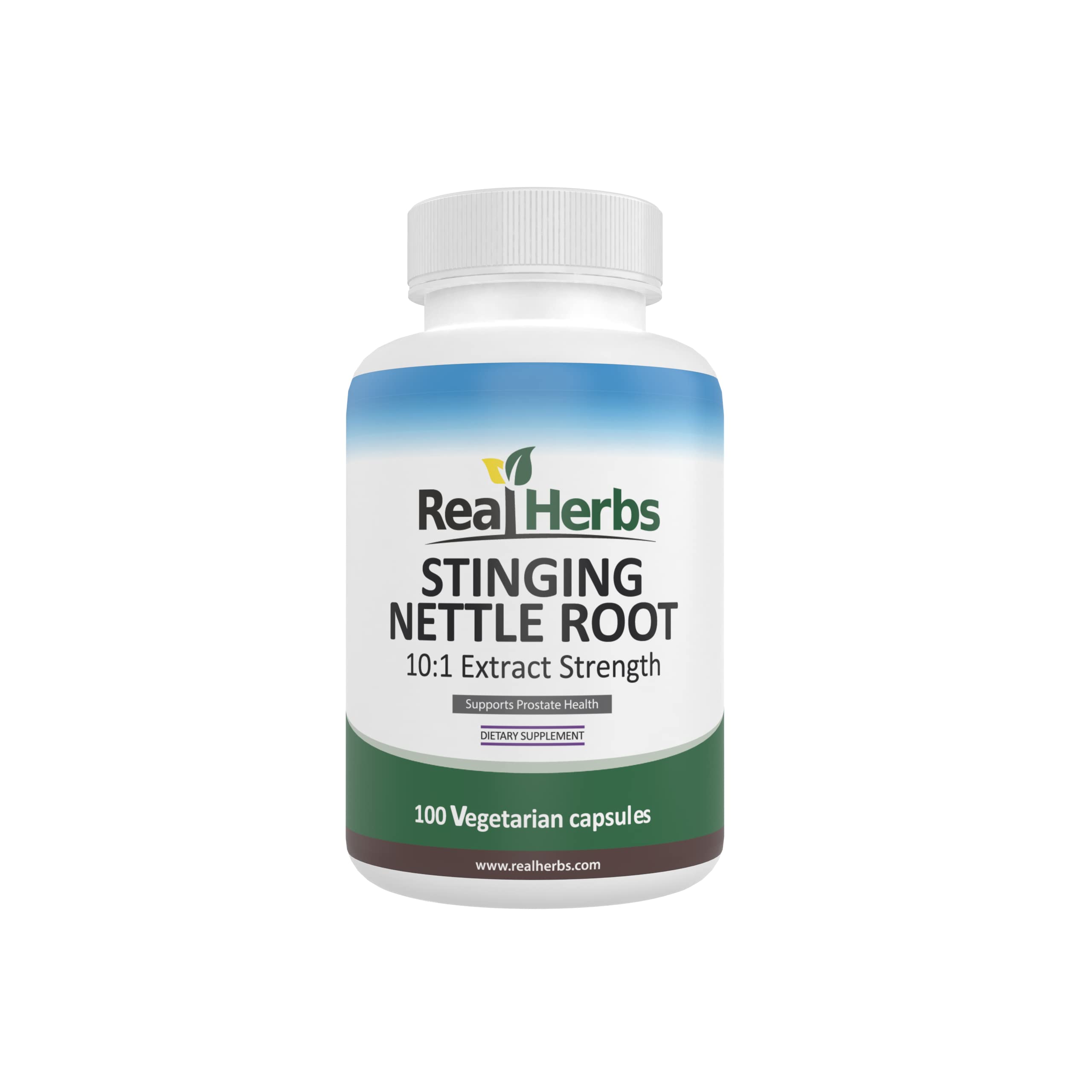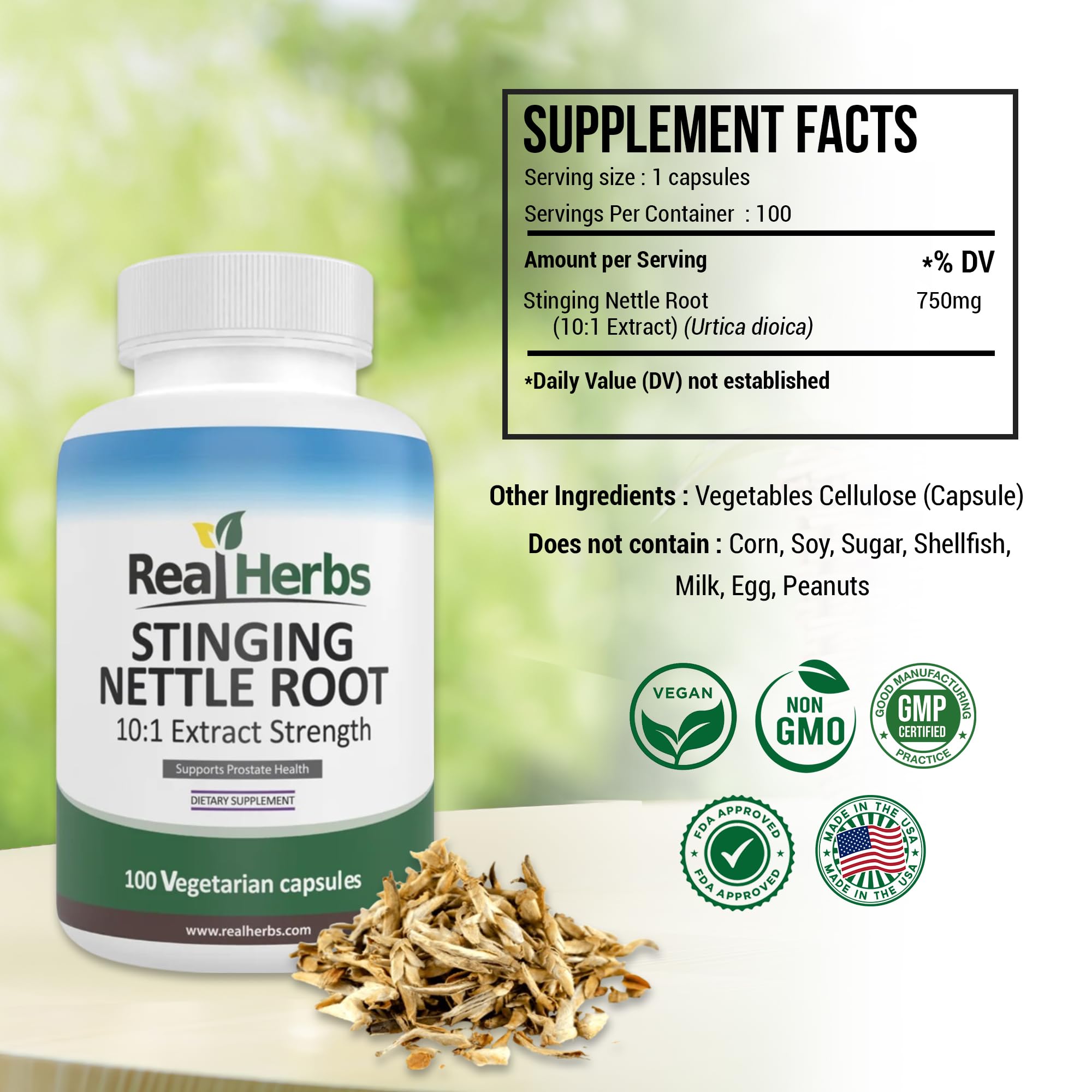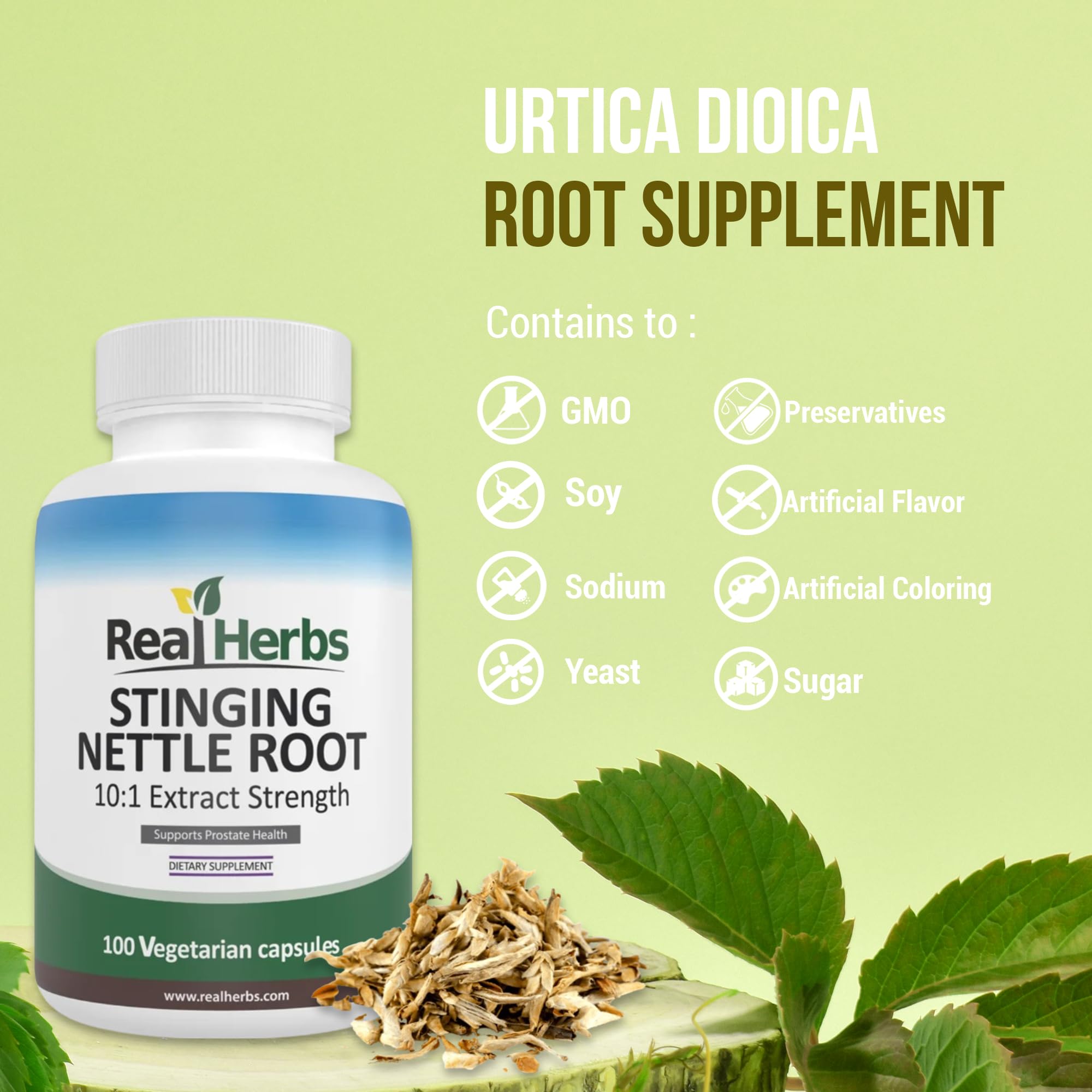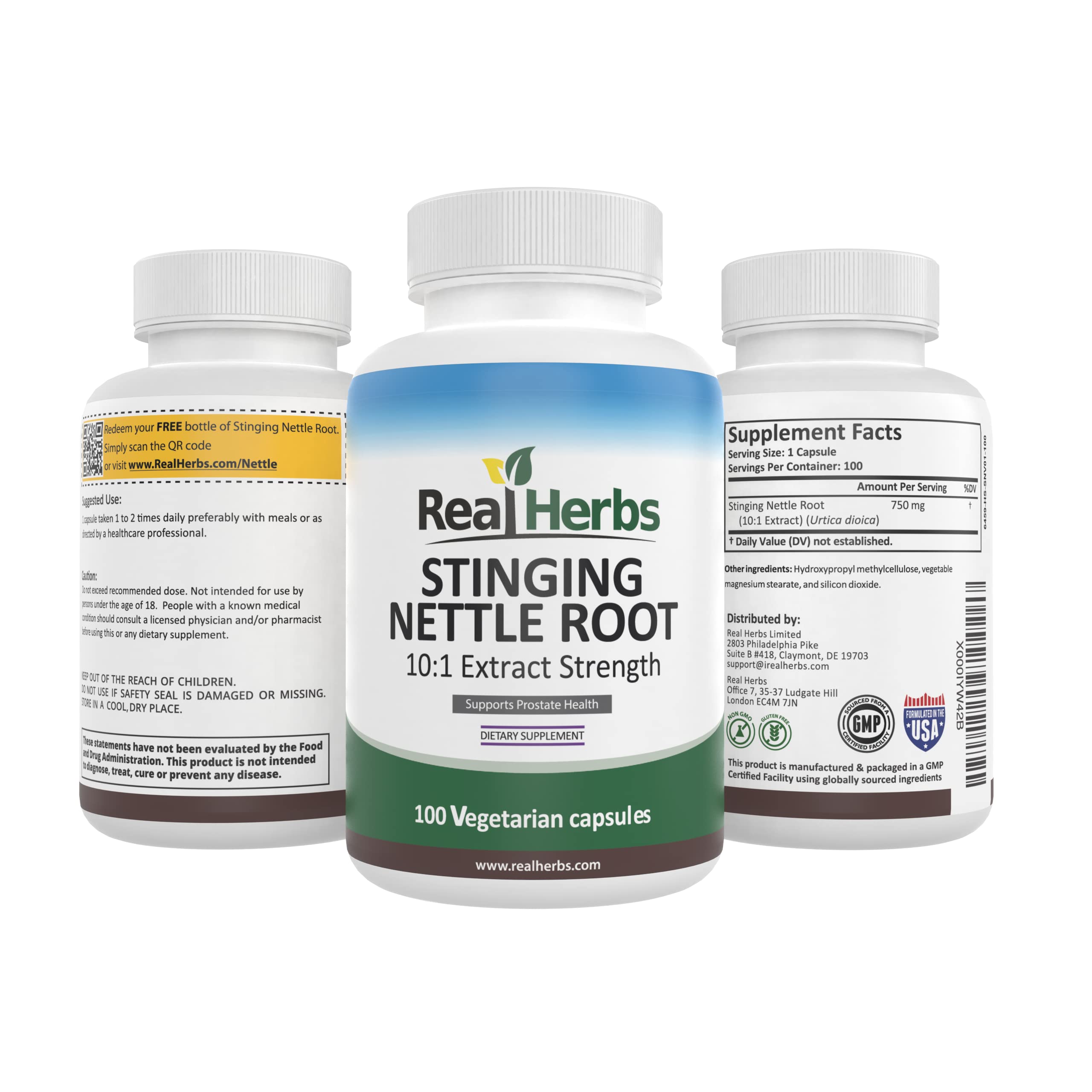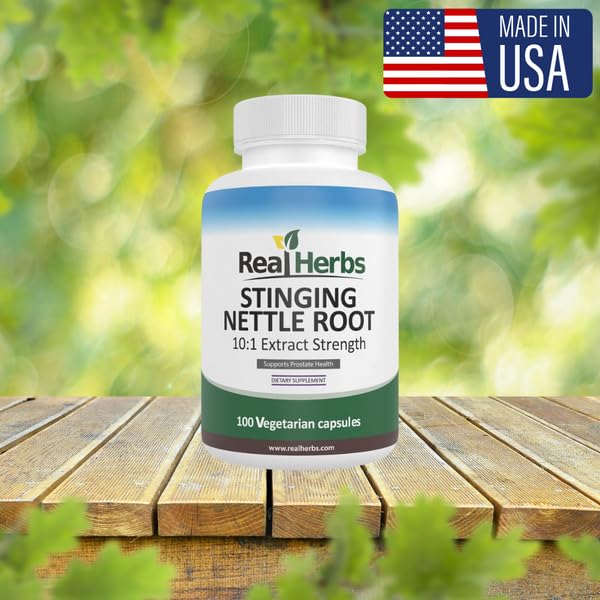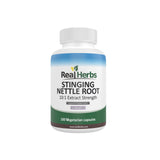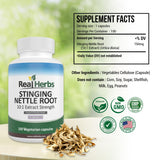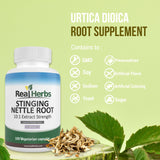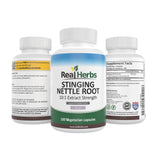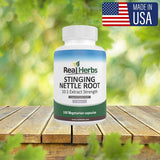Does Stinging Nettle Leaf a Rash?
Introduction:
Stinging nettle, with its serrated leaves and notorious sting, has intrigued and sometimes intimidated nature enthusiasts and herbalists alike. You may have heard of its potential health benefits, but a common question lingers: "Does stinging nettle leaf cause a rash?" In this article, we'll explore the science behind stinging nettle's sting, its potential to cause skin irritation, and how to safely harness its benefits.
What is Stinging Nettle?
Stinging nettle, scientifically known as Urtica dioica, is a perennial plant found in many parts of the world. Its appearance is characterized by jagged, heart-shaped leaves and fine hairs on its stems and leaves. Despite its menacing appearance, stinging nettle has been used for centuries in traditional medicine and culinary applications.
Stinging Nettle's Sting Mechanism:
The sting of stinging nettle is attributed to tiny, hair-like structures called trichomes found on the plant's leaves and stems. When these trichomes come into contact with the skin, they break, releasing irritating chemicals such as histamines and formic acid. This chemical cocktail can lead to symptoms like itching, redness, and the formation of welts, commonly known as a stinging nettle rash.
Allergic Reactions and Sensitivity:
Not everyone reacts the same way to stinging nettle. Some individuals may be more sensitive or even allergic to its sting, while others may experience minimal or no skin irritation. Allergic reactions to stinging nettle can vary in severity and may include swelling, hives, or difficulty breathing. If you suspect you are highly sensitive or allergic to stinging nettle, it's crucial to exercise caution when handling the plant.
Precautions and Prevention:
To minimize the risk of a stinging nettle rash, consider the following precautions:
- Wear protective clothing, including long sleeves and gloves, when handling the plant.
- Approach stinging nettle with care, avoiding brushing against it.
- Cooking or drying stinging nettle neutralizes the stinging hairs, making it safe to consume or use in herbal remedies.
Treatment of Stinging Nettle Rash:
If you do come into contact with stinging nettle and develop a rash, here's what you can do:
- Wash the affected area with soap and water to remove any remaining plant particles.
- Apply an over-the-counter antihistamine cream to relieve itching and inflammation.
- Seek medical attention if the rash is severe, covers a large area, or if you experience signs of an allergic reaction.
Benefits of Stinging Nettle:
Despite its stinging reputation, stinging nettle offers potential health benefits. It has been used traditionally to address various health issues, including allergies, arthritis, and urinary problems. When consumed or used in herbal remedies, stinging nettle may provide relief and support for certain conditions.
Conclusion:
In summary, stinging nettle can indeed cause a rash in some individuals due to the irritating chemicals released from its trichomes upon contact with the skin. However, it's essential to remember that stinging nettle also has valuable health benefits when used appropriately. By taking precautions and being aware of your sensitivity to the plant, you can safely explore its potential therapeutic properties. As always, consult a healthcare professional if you have concerns about stinging nettle or its effects on your health.

